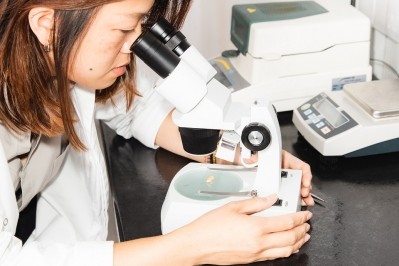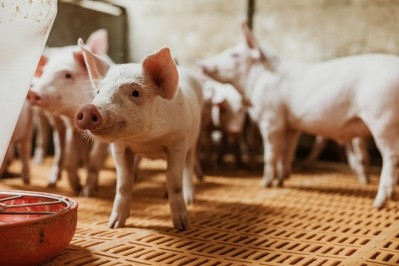Will fermentation tech prove a game-changer for feed industry sustainability?

The Public Private Partnership (PPP): Fermented Feed Optimized (FEFO), which includes industry participants such as ForFarmers, Cooperl, Arvesta, Metex, and others, aims to exploit fermentation technology to upcycle low-value/low-nutritional raw materials into highly digestible ingredients.
Partial funding is provided by the Dutch Ministry of Agriculture, Nature and Food Quality.
Dr Anne Huting, a swine nutrition researcher at SFR, explained that the project is looking to address sustainability concerns and avoid competition between food and feed, with the European feed industry increasingly seeking alternative protein sources to, for instance, soybean meal in swine and poultry diets.
Plugging knowledge gaps
The team plans to develop a standardized high throughput screening format for solid-state fermentation (SSF) technology to unlock nutrients in low-value by-products.
Solid-state fermentation involves using microorganisms to ferment a feed substrate under controlled conditions to alter nutritional characteristics, digestibility, palatability, and safety.
While fermentation technology has historically stabilized feed and reduced anti-nutritional factors (ANF), there is limited information on its use to increase the nutritional value of low-value side-streams for monogastric animals. This project seeks to plug those knowledge gaps.
Exploiting side-streams
WUR and SFR have categorized side-streams into four groups based on their components and fermentation challenges.
The project will explore raw materials such as agricultural residues like corn stover and wood shavings, by-product streams comprising DDGS and wheat bran, raw materials with primary cell walls including sugar beet pulp and citrus pulp, and substrates high in protein but containing ANFs like faba beans, lupins, and sunflower seed meal.
WUR has already screened and selected one representative feedstuff from those categories to work on and further develop, also evaluating which microorganism will work best with the chosen raw materials, Huting told us. “The WUR team has a lot of knowledge and experience in SSF at the lab scale and they have also conducted a literature review on the technology.”
The stakeholders are also interested in exploring co-fermentation approaches, combining low-value side streams with high lignin content with protein-rich raw materials to improve the quality of the final product for monogastric diets.
Performance and digestibility trials
The project is scheduled to run until June 2027, with in-vitro and later in vivo evaluations, including performance and digestibility trials, conducted by Wageningen Animal Nutrition and SFR.
Life-cycle analysis and techno-economic evaluations are also planned.


















